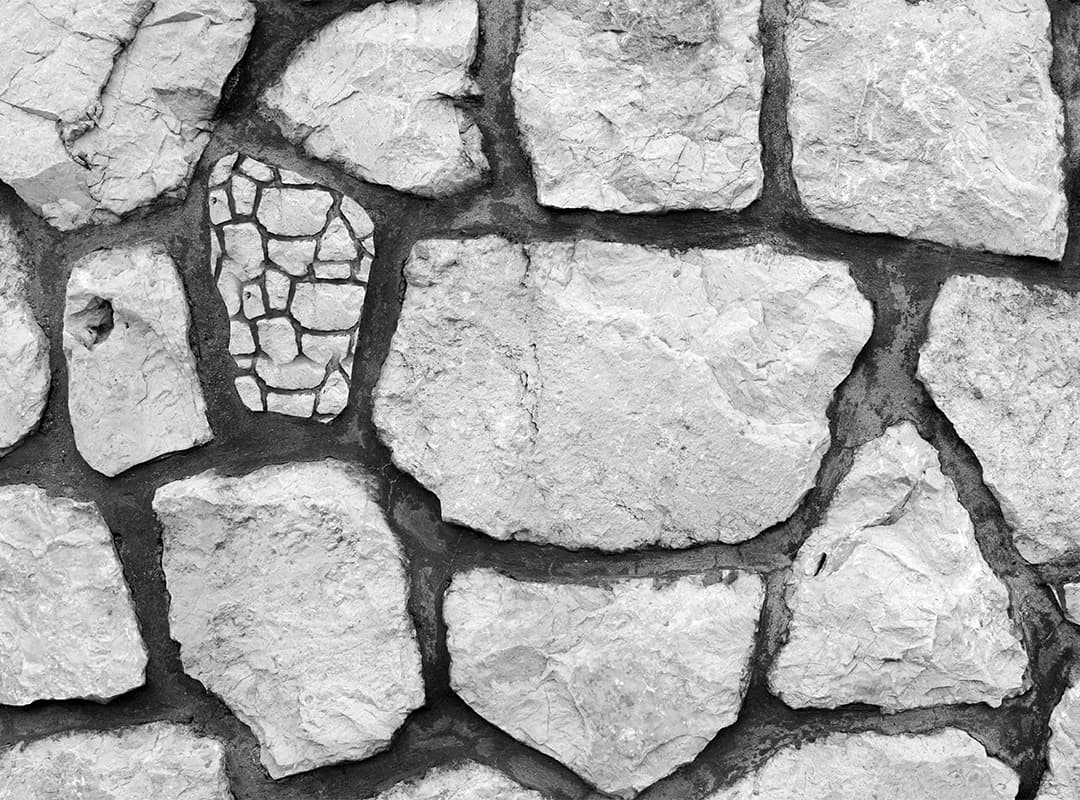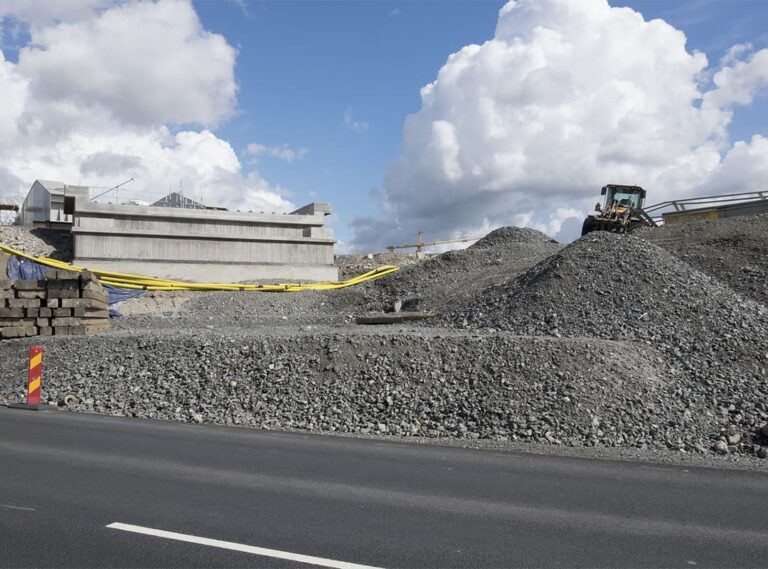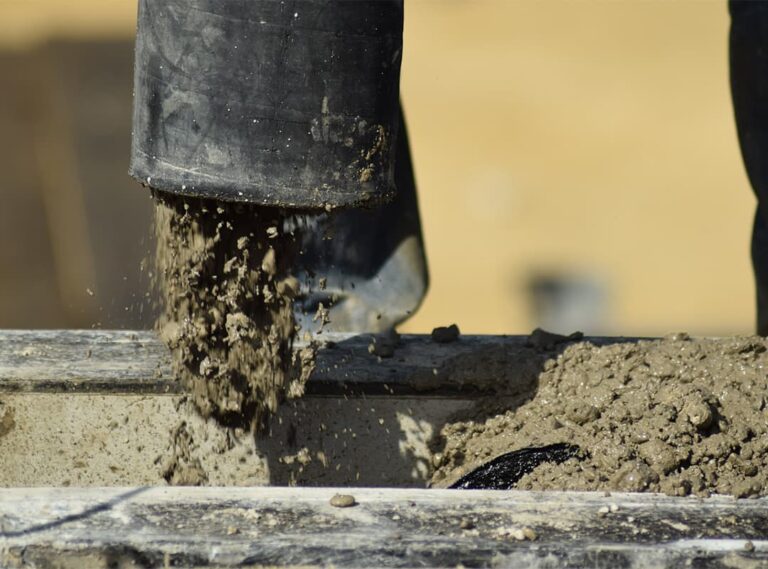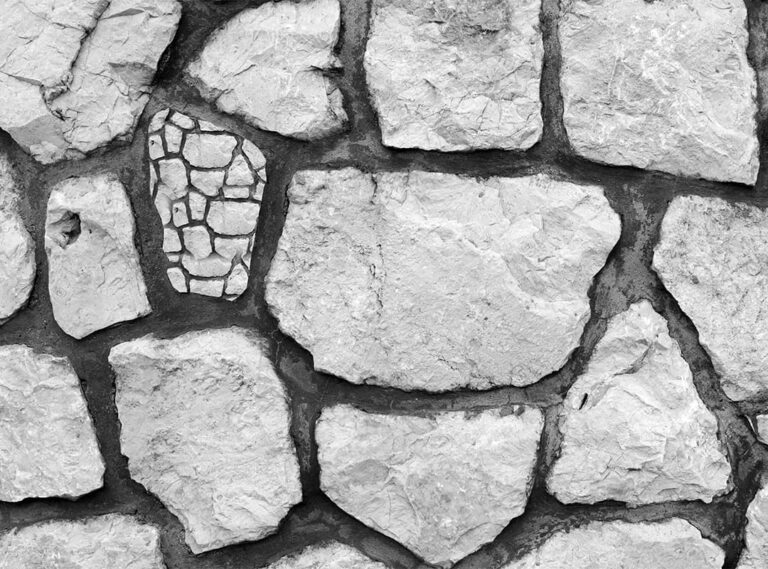Concrete is the most used material in construction. According to experts, its share is about 40%. At the same time, different types have their own purpose and application. To understand the varieties is not so easy, especially given the several classifications. Let’s try to clarify this issue.
About what the composition and labeling will tell
In terms of classification, concrete is divided into two main groups:
- General building (structural), used most widely.
- Special, which has additional properties and characteristics in connection with the specific purpose.
In both groups there is a division based on the weight of the solidified monolith:
- Heavy (density more than 2000 kg/m3);
- Light (density less than 2000 kg/m3).
Additional characteristics are also taken into account in the classification, among them there is a division by composition:
- By type of binder (cement, slag, gypsum or lime);
- According to the structure after gaining strength (large-porous, cellular, porous and dense);
- By type of filler (dense, porous or specialty).
The above factors provide differences within a single brand, but there are not so many. For example, M250 can be light or heavy, but not porous. At the same time, there are frost-resistant varieties and waterproof, which means that the brand can have a special purpose.
Hence another addition in the classification by additional properties:
- Frost resistance. The number of complete freeze-thaw cycles that the material can withstand without deformation and destruction. It is denoted by the letter F, the number is the number of cycles (for example, F50);
- Water resistance. It is denoted by W, the larger the number, the more the material resists water. Special hydraulic concrete is labeled W200, and generally does not interact with water.
Thus, the marking of BSG M250 B20 B20 P1 F200 W6 can be read, making a complete picture of the permissible application:
- Ready-mix concrete (BSG);
- Monolithic strength 250 ksi/cm2 (M250), guaranteed strength 20MPa (B20);
- The mobility (otherwise called plasticity) P1 (sometimes P1) characterizes the workability. In this case, the mixture is “very viscous”;
- High frost resistance (F200) guarantees in the climate of Ukraine hundreds of years of operation without destruction and defects;
- Medium water resistance (W6) will require mandatory waterproofing.
- The detailed description will indicate the type of filler. The usual choice is granite crumbs or crushed stone.
The ability to read the markings will help to choose the required concrete.




